How to Use Outboard Gear for Beginners: Hardware Made Easy
Start using hardware in your studio.
If you’re starting out in audio or looking to branch out from working exclusively within your DAW, the realm of hardware can seem intimidating. With this guide to outboard gear for beginners, we’ll cover some of the aspects of adding hardware to your setup, with the aim of making this task easier as a musician or engineer.
Table of Contents
If you’re planning to add outboard gear to your home studio there are a few areas to consider, especially if the home isn’t the only place you’ll be working. Let’s look at some solutions for using hardware without having to rearrange the furniture too much.
Outboard Gear for Beginners: Power management
This is an essential part of any audio setup. Power management can increase the lifespan of your hardware by providing clean power to the circuitry inside.

Power distributors and conditioners provide a hub for the power outlets for all your hardware; many also offer surge protection, which can be a lifesaver in some cases.
These units offer one or more banks of stable current for your gear, and a centralized switch to activate power for all connected hardware.
- Shop Furman on Thomann


*Please note that the Furman PL-8 CE is designed for the European AC standard (220V-240V). If you’re based in the US, use the PL-8 C.
Outboard Gear for Beginners: Using your FX pedals inside your DAW
Look around your studio, right now; there’s a good chance you have a collection of effects pedals at your disposal. Many of these have high-quality processing effects with a range of uses beyond the guitar. Repurposing your existing effects pedals and integrating them with your studio is a great first place to start!
Firstly, we need to find a way of interfacing your pedals with your DAW; guitar pedals don’t operate at the correct signal level (+4 dB) to be used as external effects with your DAW.
To solve this problem, a reamping device can link your entire pedal board, allowing it to be used on a mixer’s aux send or as an in-line processor via your current audio interface.

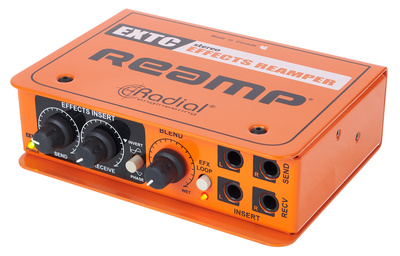
Outboard Gear for Beginners: Housing your rack gear
19″ racks come in all shapes and sizes. From cabinets with acoustic isolation to console-style studio desks with slots for your go-to hardware pieces.
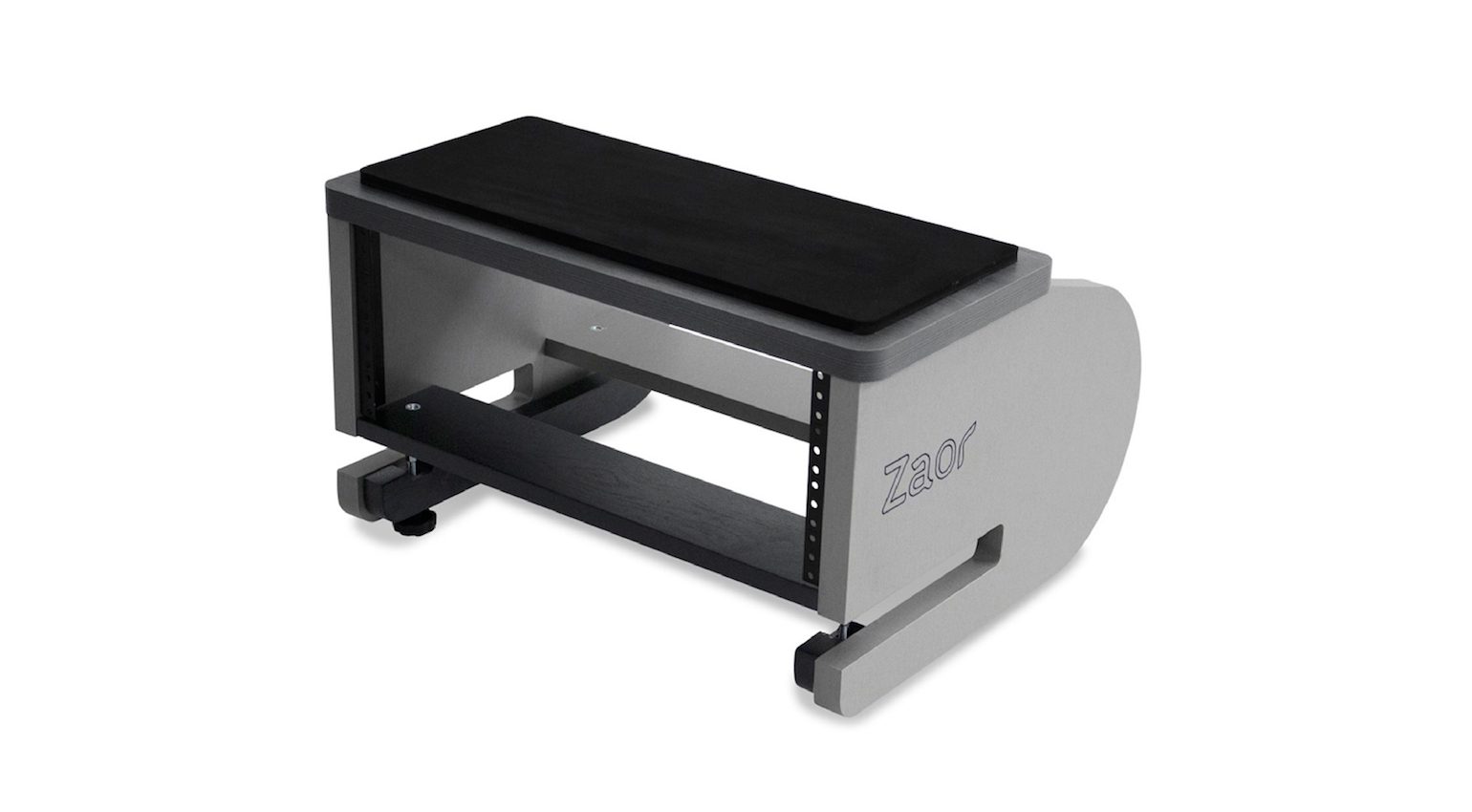
Perhaps more practical, however, are solutions you can simply attach to your current desk and make it more studio-friendly.
The Miza Griprack 4 MK2 from Zaor can be mounted to any table up to 35 mm (approx. 1,37 inches) thick. Once mounted, it provides 4U of rack space and a non-slip pad for studio monitors or a flatscreen display.
- Shop Zaor on Thomann



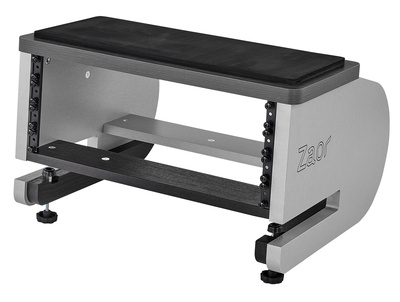

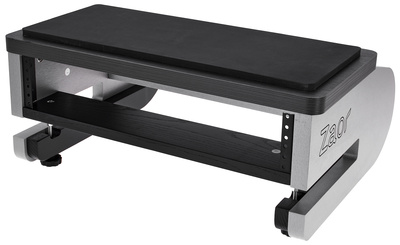

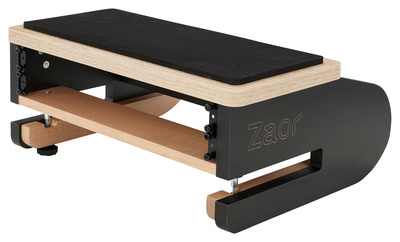
Outboard Gear for Beginners: Using 500-series modules
500-series is a 3U vertical modular format, originally developed by API. It is a lower voltage format, so you won’t get quite the same headroom and dynamics as the 19″ rack counterparts.
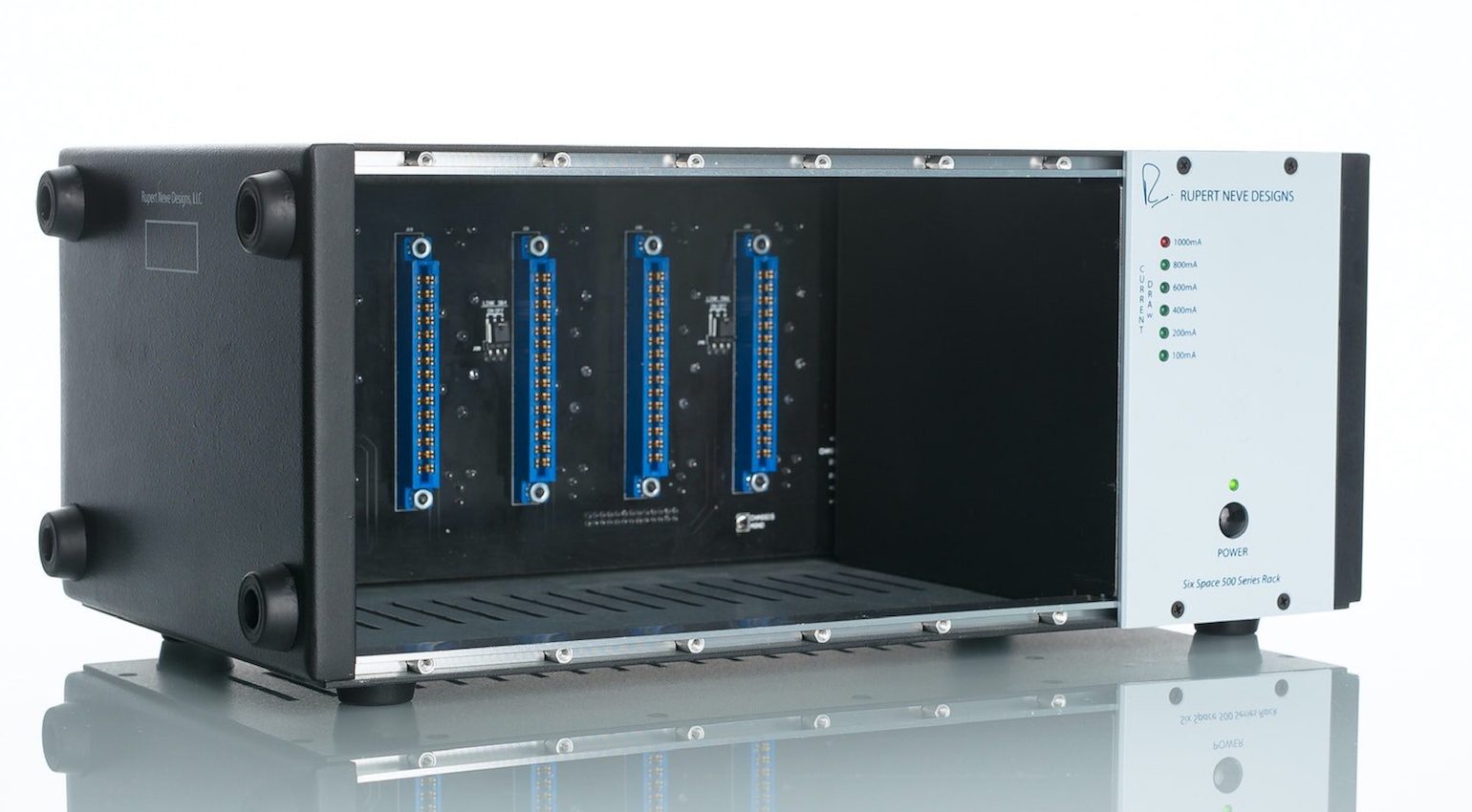
However, many manufacturers produce incredible modules for the 500-series format ranging from preamps and dynamics to EQ and other effects processors.
Much like Eurorack modules, these units require a powered chassis. Be sure to check if the power supply is internal or external, and note that rack ears are often sold separately.

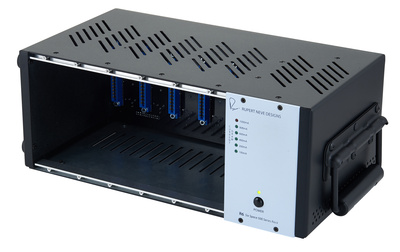

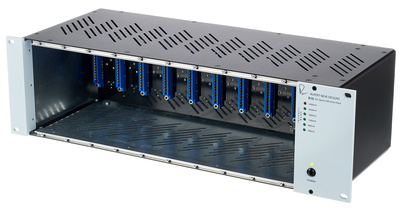
Outboard Gear for Beginners: Taking the show on the road
Portability is important for musicians, engineers, and producers who work in live audio as well as studio environments.
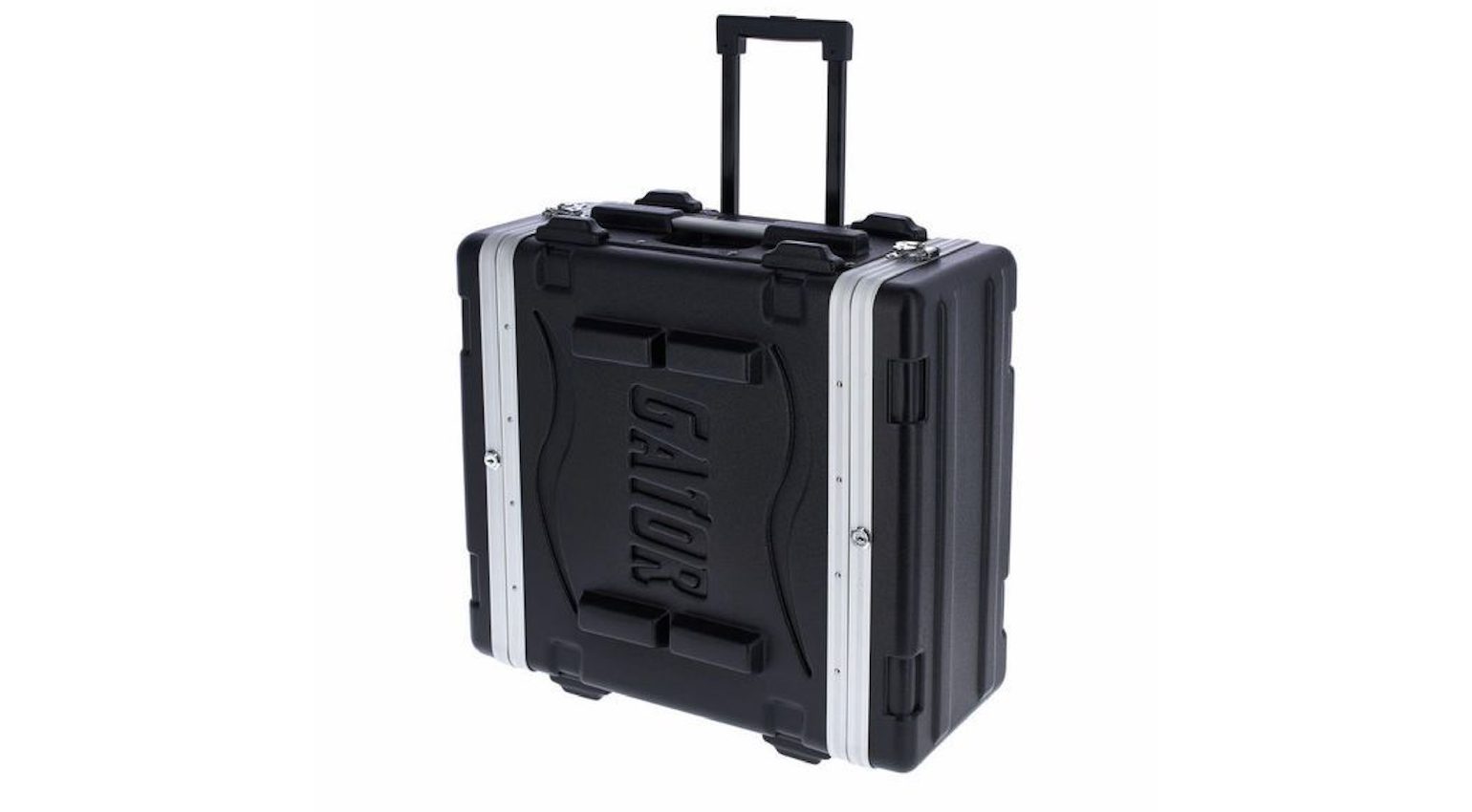
To house your equipment, you’ll need something mobile, protective, and also accessible for an easy setup. Apart from rack space, some road cases can also house mixing desks and other equipment.
Depending on your budget, there are many solutions available, but generally, you’ll want something as compact and car-friendly as possible.
- Shop Gator on Thomann




Outboard Gear for Beginners: Preamps and Channel Strips
Using a dedicated mic preamp provides precise gain control and superior recording quality. The first thing you’ll notice when working with a professional discrete preamp is the fact that you can boost the gain without boosting the noise floor. If you do this on the preamp that is built into the average budget interface, it certainly isn’t the case.
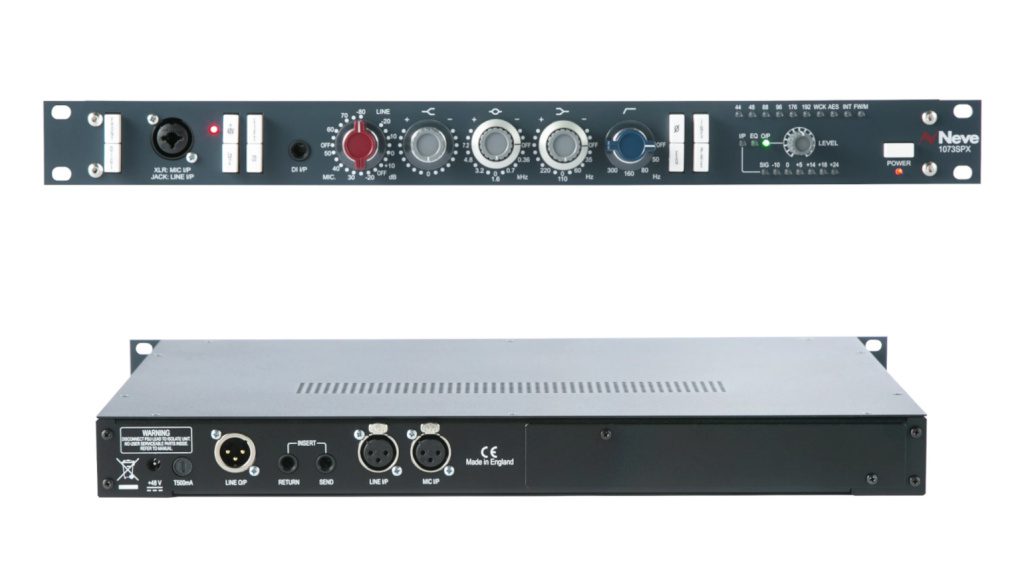
While microphone preamps are available in different formats, such as 19-inch rackmount, 500-series, and even guitar pedals, they also have various types of internal circuitry or topologies. Some use solid-state designs like Neve, API, and SSL, while others use vacuum tubes like Avalon and Manley. In any case, the sonic colouration usually comes from the transformer, so if you’re looking for a clean sound for recording classical music, check out the transformerless preamps from AEA and Neumann.
Preamps are also available in more elaborate designs called channel strips. These originate from mixing consoles and provide a preamp stage, along with EQ, compression, and sometimes a gate and de-esser. If most of your sounds are recorded, a channel strip does make sense, because it gives you the power to sculpt the signal on the way in.
Read more about Channel Strips


Outboard Gear for Beginners: Dynamics
Compressors have a wide scope of applications in the music-making process, so there is a range of different types you’ll find for various tasks. The first thing to note about any processor is to find out what types of signals it’s designed to work with. While some are designed for shaping the mono signal from a single instrument or microphone, others process the stereo master bus during mixdown and mastering.
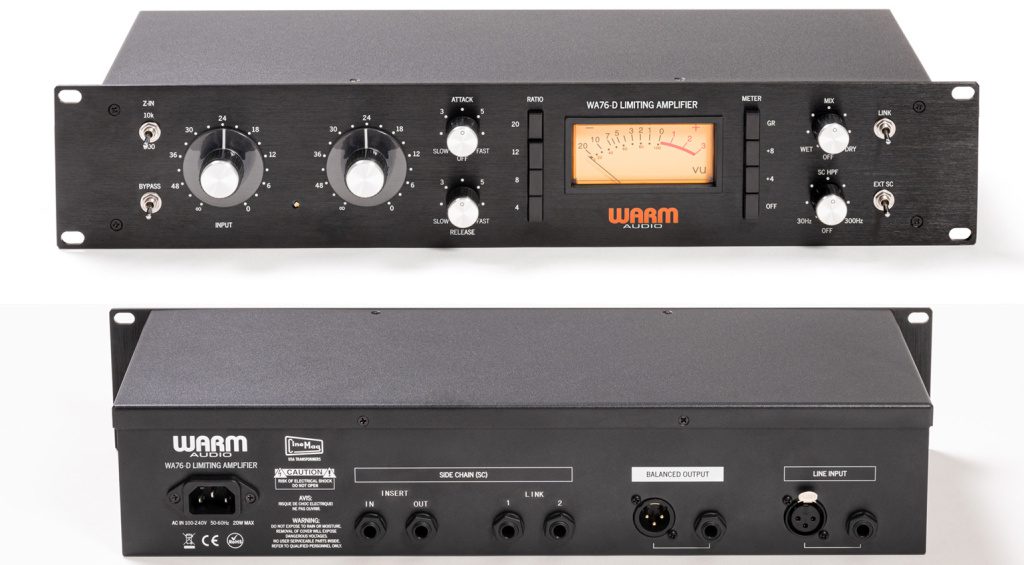
Also, some designs provide an extensive set of parameters for controlling the compressor’s behaviour, while others use input-dependent designs that adjust the threshold and ratio according to the level and characteristics of the input signal. Like preamps, compressors use distinctive circuit types that give them strengths in certain areas.
Some of the most common types include FET compressors like the 1176, Opto compressors like the LA-2A, Vari-Mu tube compressors like the Fairchild 660/670, and VCA compressors like the SSL bus compressor. Each one works differently, so make sure you understand the basics if you’re thinking of getting a compressor for your home recording setup.

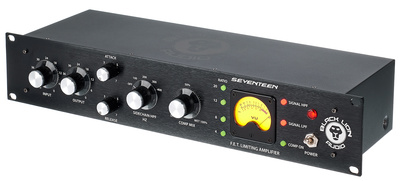
Outboard Gear for Beginners: Equalizers
Like compression, equalization has many uses, from enhancing a source sound for recording to providing tonal balance in the mastering process. Although hardware EQs are generally harder to use than plugins, they are more likely to help you develop an understanding of crucial frequency ranges and recognize them by ear, rather than relying on a plugin’s spectrum analyzer.

One of the key aspects of equalizers to understand is the different filter types and how they operate. To reduce bass, we can use a high-pass filter, a low shelving filter, or a bell filter. However, each one affects the signal differently, so we apply them for specific purposes. Unlike with software, hardware parameters are finite because they rely on circuitry, so we won’t find 7 or 8 different filter types on each band as we do in plugins.
This limitation in hardware EQ designs gives them strengths in particular areas. While the famous Pultec EQP-1A passive tube EQ excels at making broad tonal adjustments, the API 550 is more versatile with its proportional Q-factor. Note here that ‘Q’ refers to the bandwidth of a particular frequency band, not the engineer responsible for James Bond’s gadgets at MI5.


Outboard Gear for Beginners: Digital Effects
Before we had an endless sea of effects plugins available in the DAW environment, digital hardware effects provided record producers and engineers with ways to add expression and dimensionality to different instruments in the mix. From reverbs and delays to modulation effects like chorus, flanging, and phasing, digital effects began to shape the sound of music from the late 1970s, throughout the 1980s, and beyond.

Because of the flexibility and availability of software, digital rack effects are not quite as relevant today as they once were. However, there is a growing range of digital effects in guitar pedal and desktop unit formats with classic and modern algorithms that can be used on synths, drums, and vocals.
Digital effects racks are still useful in live sound situations when you don’t have a mixer with a built-in effects engine. Otherwise, there are effects that have become an expensive niche, like the Bricasti M7, for those who absolutely have to have THAT sound.

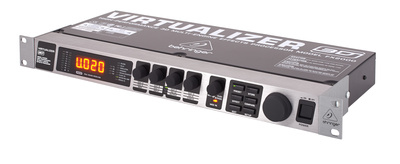
More about Outboard Gear for Beginners:
- All about outboard gear
- Everything vintage
- Thomann’s Guide to Home Recording
Videos:
*Note: This article about outboard gear for beginners contains affiliate links that help us fund our site. Don’t worry: the price for you always stays the same! If you buy something through these links, we will receive a small commission. Thank you for your support!
2 responses to “How to Use Outboard Gear for Beginners: Hardware Made Easy”


 3,1 / 5,0 |
3,1 / 5,0 | 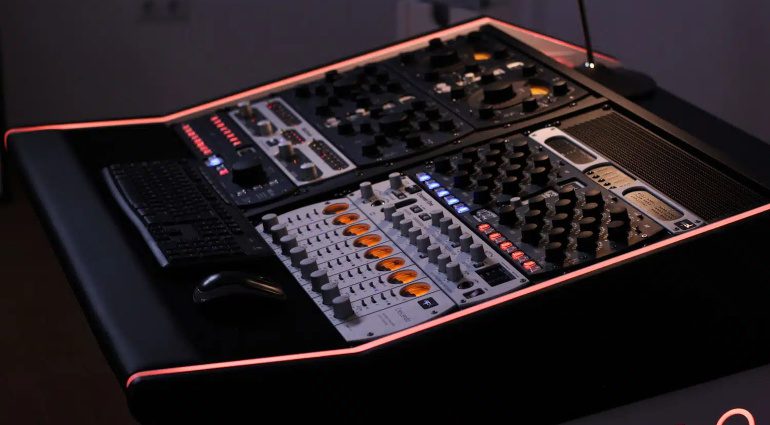


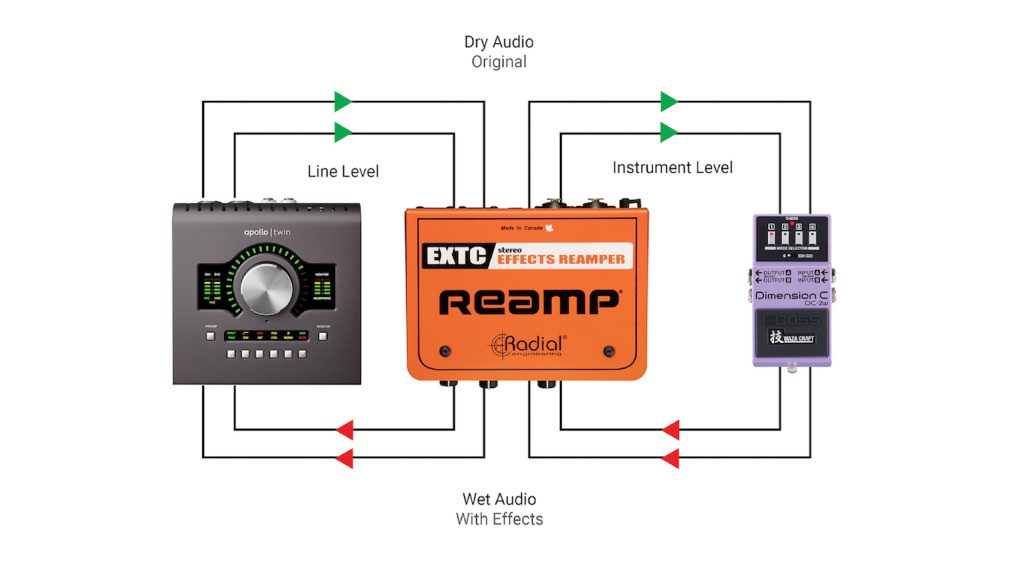
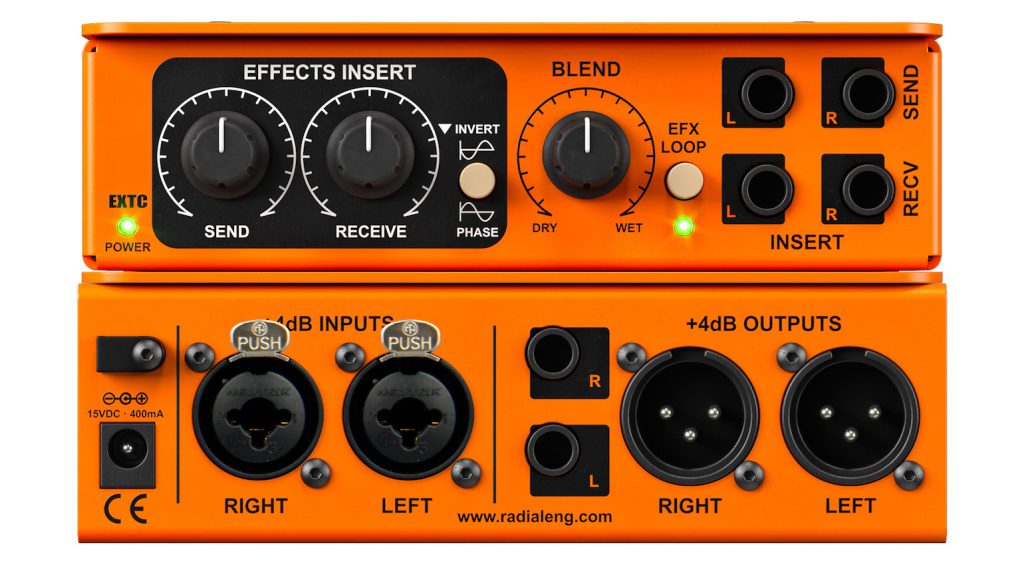
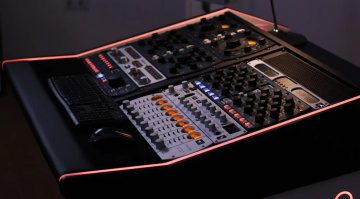

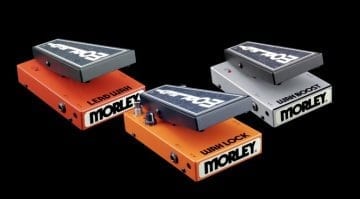
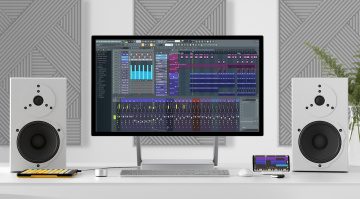
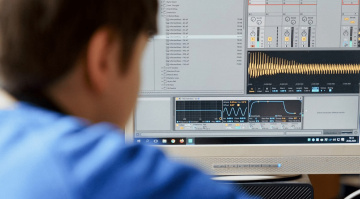
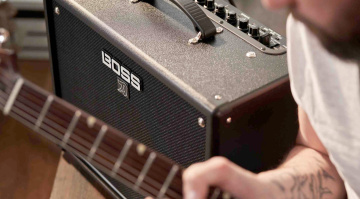

Re-amping pedals – really??? Damn! I don’t do that. I run line level directly from the DAW into a pedalboard and back wet. Never recognized any issue but maybe I’m deaf.
These days many pedals are built so a reamp device is unnecessary. My Strymon pedals sound better without it. If you need to reamp you can get an Art Dual RDB passive mono/stereo reamp box for $90 US and it sounds great.